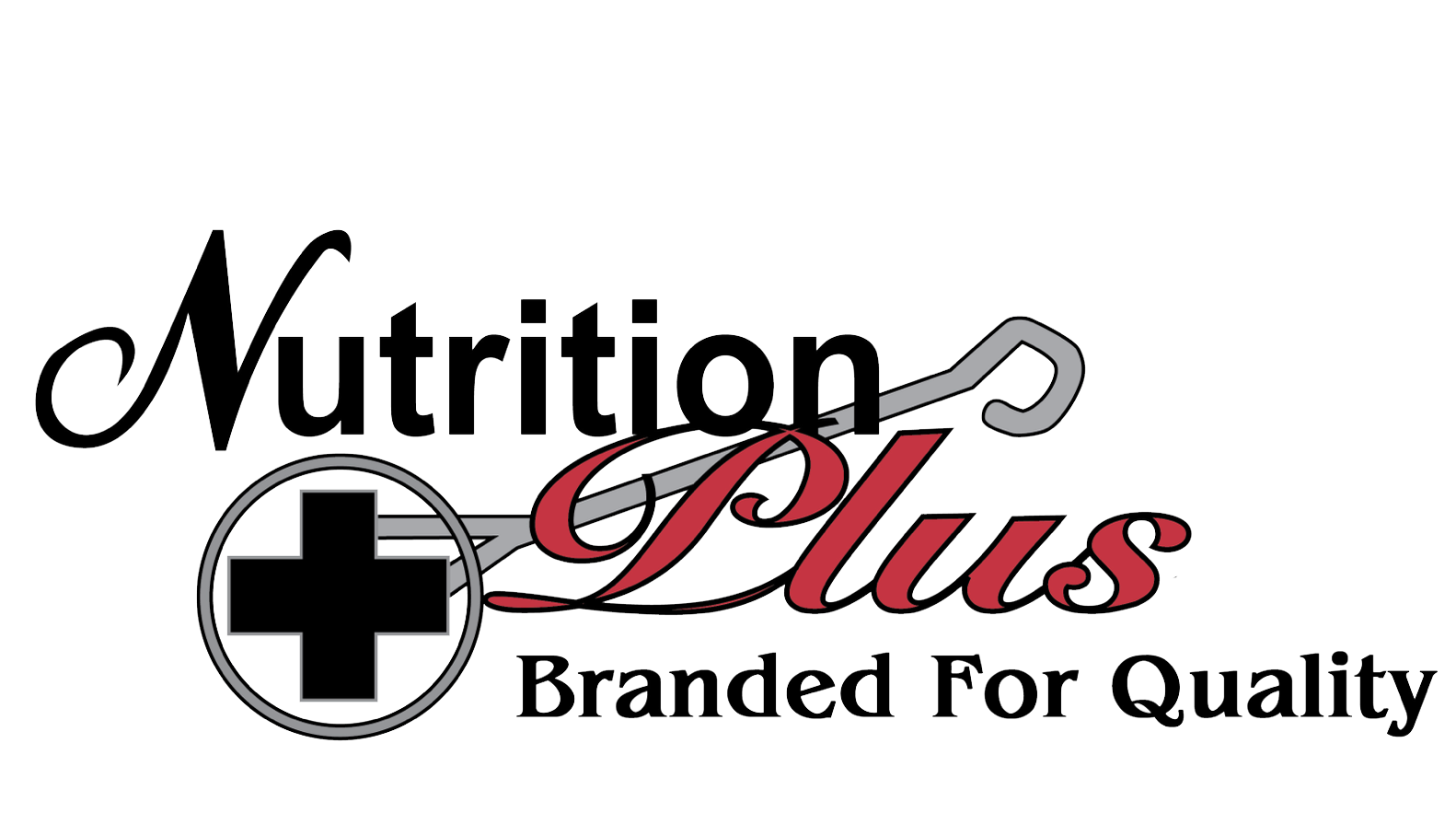BEEF CATTLE RESEARCH UPDATE Britt Hicks, Ph.D., PAS
Area Extension Livestock Specialist June 2022
Effects of a Weaning Method on Postweaning Performance by Early Weaned Beef Calves
Early weaning during periods of drought may be used by cow-calf producers to reduce grazing pressure on pastures by decreasing the nutrient requirements of cows.1 However, this practice may result in lower calf value at weaning compared with calves weaned at conventional ages.2 Retained ownership through a short-term backgrounding period may be used to improve the value of early- weaned calves. Beef producers who retain ownership of calves through finishing may be able to employ a low-cost preconditioning program involving grazing to minimize costs, while simultaneously experiencing similar finishing performance relative to a high-cost preconditioning program involving confinement feeding. Kansa State University evaluated the health and performance of early-weaned steers during a 56-day weaning period, a 56-day feedlot receiving period, and a 165-day feedlot finishing period.3
In this study, 239 early weaned steers (128 days of age) were randomly assigned to 1 of 2 56-day weaning treatments: drylot weaning or pasture weaning. Pasture steers grazed mature, native tallgrass range (89.2% dry matter, 9.08% crude protein) without supplementation. Drylot steers were fed a diet (18.7% crude protein; 0.52 Mcal NEg/lb) formulated to promote a 2.2 lb average daily gain (ADG) at a dry matter intake (DMI) of 2.5% of body weight (BW) during the weaning phase of the experiment. Steers assigned to both treatments were monitored daily for symptoms of respiratory disease and infectious keratoconjunctivitis (i.e., corneal ulcers or obvious eye irritation).
Following the 56-day weaning period, all steers were weighed at their respective weaning sites, implanted with Revalor IS (Intervet Inc.; Merck Animal Health, Summit, NJ) and transported via motor carrier for 4 hours to the Western Kansas Agricultural Research Center (hays, KS) for a 56- day feedlot receiving period. At the beginning of the finishing period of the experiment, steers were implanted with Component TE-IS (Elanco Animal Health) and adapted to a finishing diet over a period of 21 days.
The effects of the weaning treatments on postweaning growth and health performance are shown in Table 1. As would be expected due to the difference in overall diet nutrient composition, BW after (491 vs. 365 lb) and ADG (2.05 vs. 0.09 lb/day) during the 56-day weaning period were greater (P < 0.01) for drylot than for pasture steers. The Incidence of undifferentiated fever tended to be greater (P = 0.10) in drylot steers than in pasture steers (6.7% and 0%, respectively). The Incidence of infectious bovine keratoconjunctivitis (i.e., pinkeye) was greater (P < 0.01) for pasture steers (40.2%) than for drylot steers (0%). These researchers suggested that the “late-season pasture conditions of the study, having an abundance of mature forage, likely presented a greater risk for corneal lesions than drylot conditions which ultimately led to a greater incidence of infectious bovine keratoconjunctivitis”.

The effects of the weaning treatments on performance during the receiving and finishing periods are shown in Table 2. Drylot steers had greater (P < 0.01) BW throughout the 56-day receiving period than steers assigned to pasture steers. They were about 126 lb heavier than pasture steers at the end of the 56-day weaning period and maintained this advantage throughout the receiving period and were 144 lb heavier at the end of this 56-day receiving period. Drylot steers had greater ADG compared with pasture steers during receiving (3.06 vs. 2.78 lb/day; P = 0.03). However, pasture steers tended to have greater DMI expressed as a percentage of BW (2.51 vs. 2.47%; P= 0.09) and improved gain efficiency (Gain:Feed; 0.214 vs. 0.189; P < 0.01) during the receiving period than drylot steers.
Incidence of undifferentiated fever was not different (P = 0.99) between treatments during receiving. However, the incidence of keratoconjunctivitis was again greater (P < 0.01) for pasture steers (14.3%) than for drylot steers (1.6%). These researchers speculated that there were “significant residual effects of the pasture environment on corneal health that lasted well into the receiving period”.
At the beginning of the finishing period, drylot steers were 144 lb heavier (P < 0.01) than pasture steers. During the finishing period pasture steers gained BW at a greater rate (4.32 vs. 3.86 lb/day; P < 0.01) and had more favorable (P < 0.01) gain efficiency (0.161 vs. 0.143) than drylot steers. However, harvest BW was 64 lb heavier for drylot steers. Days on feed did not differ (P = 0.50) between treatments. Hot carcass weight was about 40 lb greater (P = 0.03) for drylot steers than pasture steers (data not shown). Yield grade, marbling score, and 12th-rib fat thickness did not differ (P ≥ 0.19) between treatments.

In conclusion, growth and health during a 56-day weaning period and a 56-day receiving period were improved when steers were weaned in a drylot environment and fed a concentrate-based diet compared with non-supplemented steers weaned in a pasture. These authors noted that under the conditions of this study, steers preconditioned on mature, native, warm-season pasture for 56 days without supplementation were unable to compensate for previous nutrient restriction during finishing. They concluded, that “in light of the incidence of keratoconjunctivitis and significantly reduced performance during the weaning period, weaning beef steers in dormant forage pastures during the fall is not a viable option to maximize performance”.
1 Rasby, R. 2007. Early Weaning Beef Calves. Veterinary Clinics of North America: Food Animal Practice 23: 29-40.
2 Story, C. E., R. J. Rasby, R. T. Clark and C. T. Milton. 2000. Age of calf at weaning of spring-calving beef cows and the effect on cow and calf performance and production economics. J. Anim. Sci. 78:1403.
3 Jaeger, J. R., G. W. Preedy, J. W. Waggoner, K. R. Harmoney and K. C. Olson. 2022. Effects of weaning method on postweaning performance by early weaned beef calves. Transl. Anim. Sci. 6. Available at: https://doi.org/10.1093/tas/txac030.

